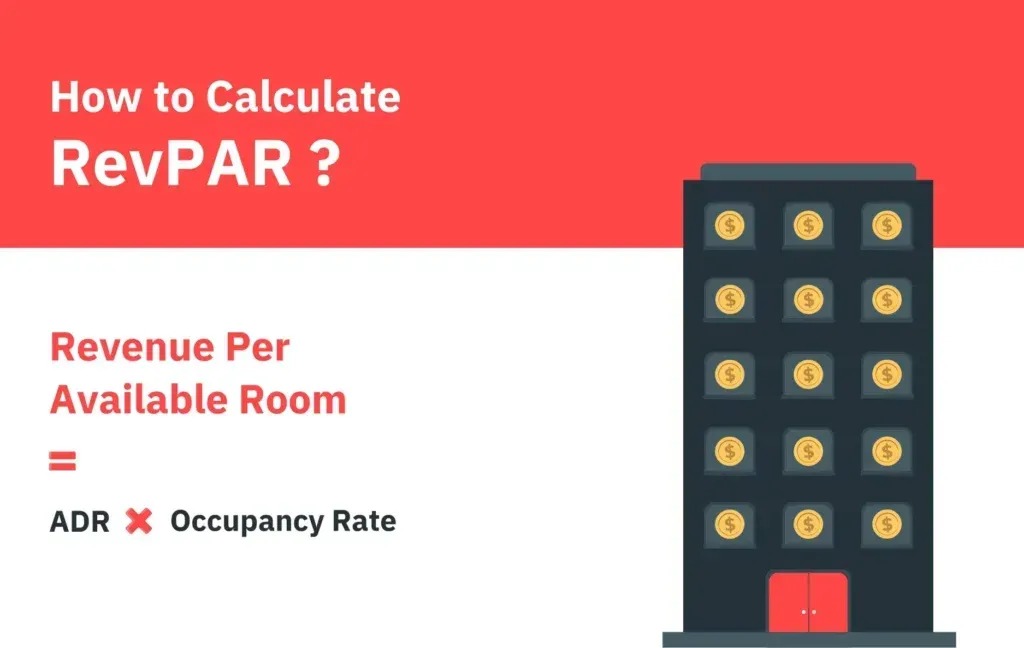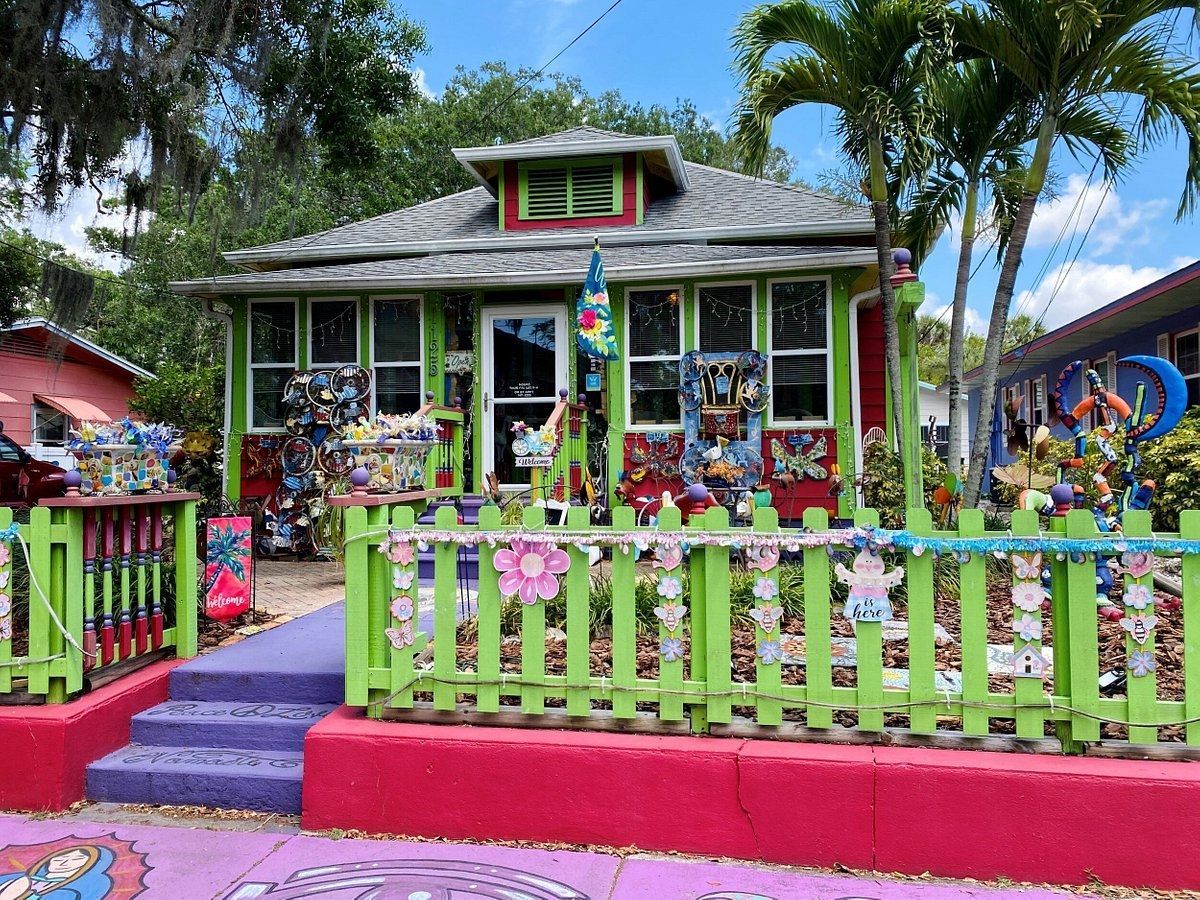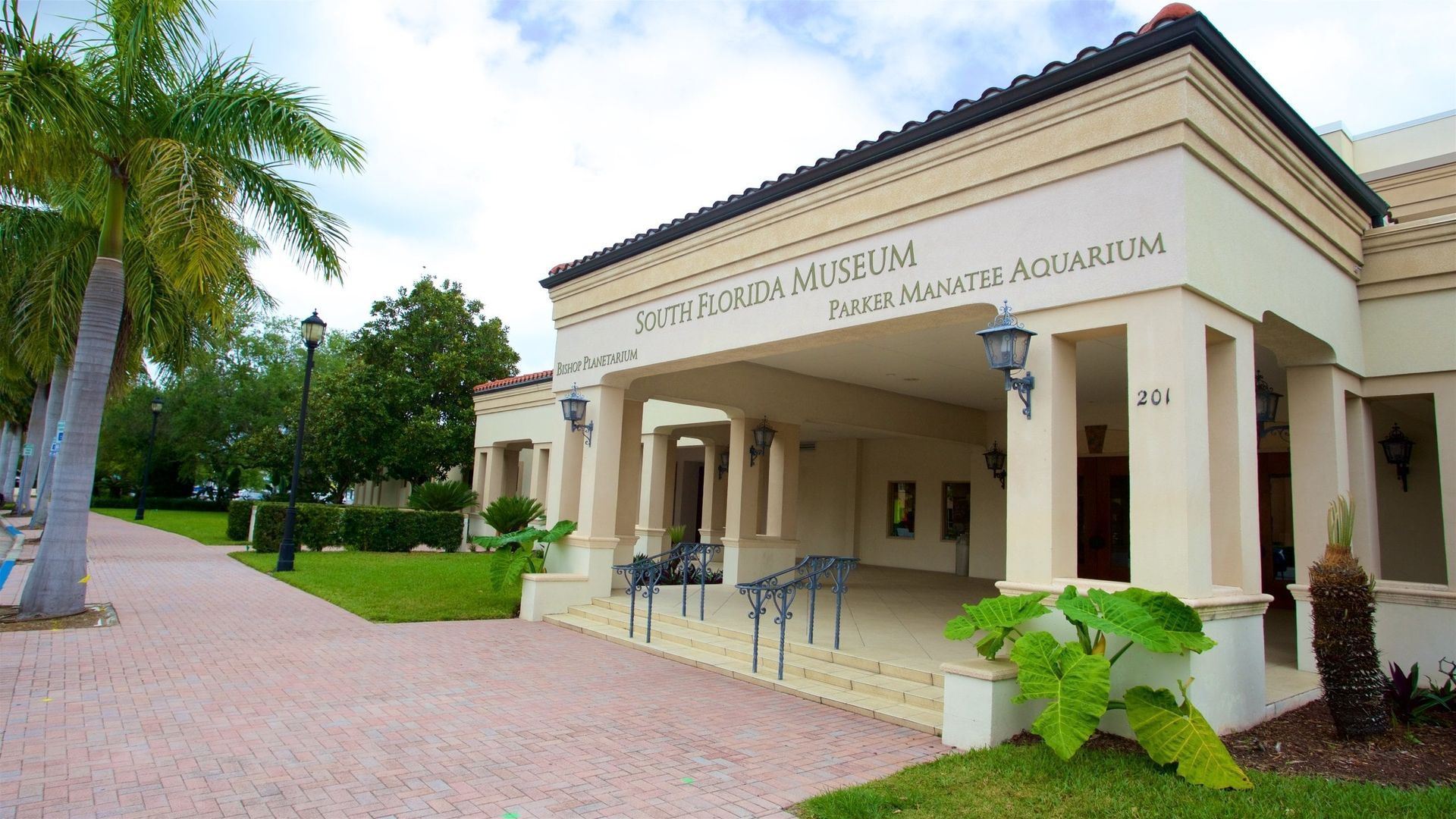What is RevPar
By:
Aza Baylon | Sept. 11, 2025
In the world of hospitality,
RevPAR is one of the most important performance metrics.
RevPAR stands for
Revenue Per Available Room, and it is widely used by hotels to measure success. But while this originated in the hotel industry, the concept is just as critical for luxury rentals.
Understanding what is RevPAR helps property managers and owners see beyond simple average daily rates. RevPAR blends both occupancy rate and room revenue, creating a more complete picture of financial performance. For Home Team Luxury Rentals, using RevPAR allows you to benchmark your portfolio, evaluate your pricing strategies, and uncover opportunities for higher revenue.
Unlike smaller metrics such as nightly rate, RevPAR captures the balance between how much you earn per night and how often your rooms are filled. This combination makes RevPAR one of the most reliable indicators for long-term financial growth.

RevPAR vs. ADR: Understanding the Difference
Many owners confuse Average Daily Rate (ADR) with RevPAR. While both are essential, they measure different aspects of room performance.
- ADR (Average Daily Rate): The average
rate paid by guests per occupied
room.
- RevPAR (Revenue per Available Room): Total
room revenue divided by all available
rooms, regardless of whether they are sold.
For example, let’s imagine a beachfront villa:
- ADR: $600 per night
- Occupancy rate: 70%
- Available nights in a month: 30
Even though the ADR is high, RevPAR reflects true revenue by factoring in the occupancy. This is why calculate RevPAR exercises matter — they show actual profitability rather than just sticker price.
Hotels often prioritize RevPAR because it tells a clearer story than ADR alone. For luxury rentals, the same principle applies. Without RevPAR, you risk focusing only on nightly rate without knowing whether your property is actually performing.
How to Calculate RevPAR for Your Property Portfolio
To calculate RevPAR, use this formula:
| Metric | Formula | Description |
|---|---|---|
| RevPAR | \[\text{RevPAR} = \frac{\text{Total Room Revenue}}{\text{Available Rooms}}\] | Measures how much revenue is earned per available room, regardless of occupancy. |
Why Hotel RevPAR Benchmarks Don’t Always Apply
Traditional hotel RevPAR benchmarks are helpful, but they don’t always fit luxury rentals. Large hotels depend on dozens or hundreds of rooms, while a luxury rental property may only have one or two units.
In hotels, an STR index might show industry-wide averages, but rentals need more personalized benchmarks. A well-managed villa with high nightly rates may outperform entire boutique hotels even with fewer rooms.
For Home Team Luxury Rentals, adapting hotel strategies for private estates, penthouses, or beach houses requires focusing on guest experience, exclusivity, and premium rate structures.
Key Factors That Influence RevPAR
Several elements drive RevPAR performance in the luxury market:
- Location: Prime neighborhoods or exclusive resorts raise both
occupancy and nightly
rate.
- Design & Amenities: High-end finishes, pools, spas, and smart home tech attract premium guests.
- Guest Experience: Personalized service, concierge access, and thoughtful touches justify higher
room revenue.
- Seasonality: Peak travel periods can significantly lift
RevPAR index scores.
- Marketing & STR Data: Using STR
index reports ensures your pricing aligns with demand.
- Revenue Management: Dynamic pricing and distribution strategies help maximize
revenue in fluctuating markets.
Calculating RevPAR Alongside Average Daily Rate for Deeper Insights
The best insights come from combining average daily rate and RevPAR. Together, these metrics reveal both the price you command and how effectively you fill rooms.
For instance, a property with high ADR but low occupancy may underperform in revenue management terms. By tracking both, you can adjust management strategies, target marketing campaigns, and optimize your distribution to lift both rate and RevPAR.
Strategies to Improve RevPAR Without Sacrificing Occupancy
Boosting RevPAR is about balance. Here are proven approaches for Home Team Luxury Rentals:
- Dynamic Pricing: Use data and STR
index benchmarks to adapt
rate in real-time.
- Upsells & Packages: Add concierge services, private chefs, or tours to lift
room revenue.
- Targeted Marketing: Focus on guests who value exclusivity and can afford premium
rooms.
- Minimum Stays: During peak seasons, require longer bookings to stabilize
occupancy rate.
- Enhanced Guest Experience: Better reviews lead to stronger RevPAR performance.
How to Use Dynamic Pricing to Calculate RevPAR Growth
Dynamic pricing tools allow you to not only set the right nightly rate but also forecast changes in RevPAR. By feeding in STR data, competitor pricing, and index trends, you can project calculate RevPAR results for upcoming seasons.
This proactive approach ensures your management team always stays ahead, optimizing both occupancy and revenue.
Marketing & Guest Experience: Two Drivers of Higher RevPAR
Numbers tell part of the story, but guest experience drives lasting success. Luxury renters are willing to pay higher rates when they feel cared for. Positive reviews, curated experiences, and thoughtful design elevate your brand.
The result? Better occupancy, more referrals, and stronger room revenue. In turn, this improves your RevPAR index, securing your position against both boutique hotels and competing rentals.
Final Thoughts: Using RevPAR to Maximize Luxury Rental Revenue
For Home Team Luxury Rentals, RevPAR is more than just a hotel metric. It’s a key measure of revenue management, guest satisfaction, and long-term performance.
By consistently tracking the revpar formula, benchmarking against STR index reports, and aligning with both rate and occupancy rate goals, you can ensure sustainable growth.
Whether you manage one exclusive villa or a portfolio of luxury properties, optimizing RevPAR helps you stand out against hotels and other rentals alike.
With smart management, data-driven strategies, and a focus on guest experience, you’ll see higher room revenue, stronger occupancy, and ultimately — unbeatable RevPAR.








